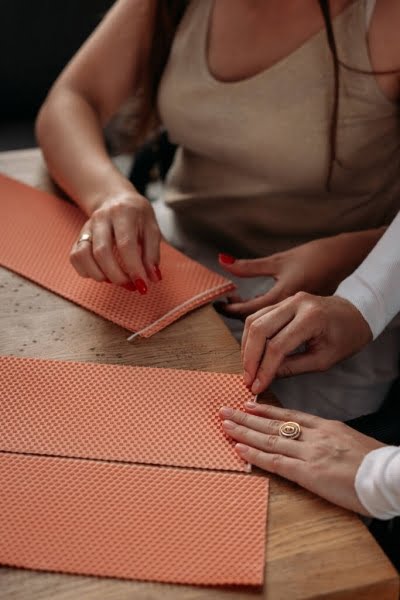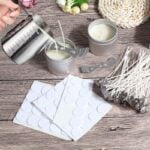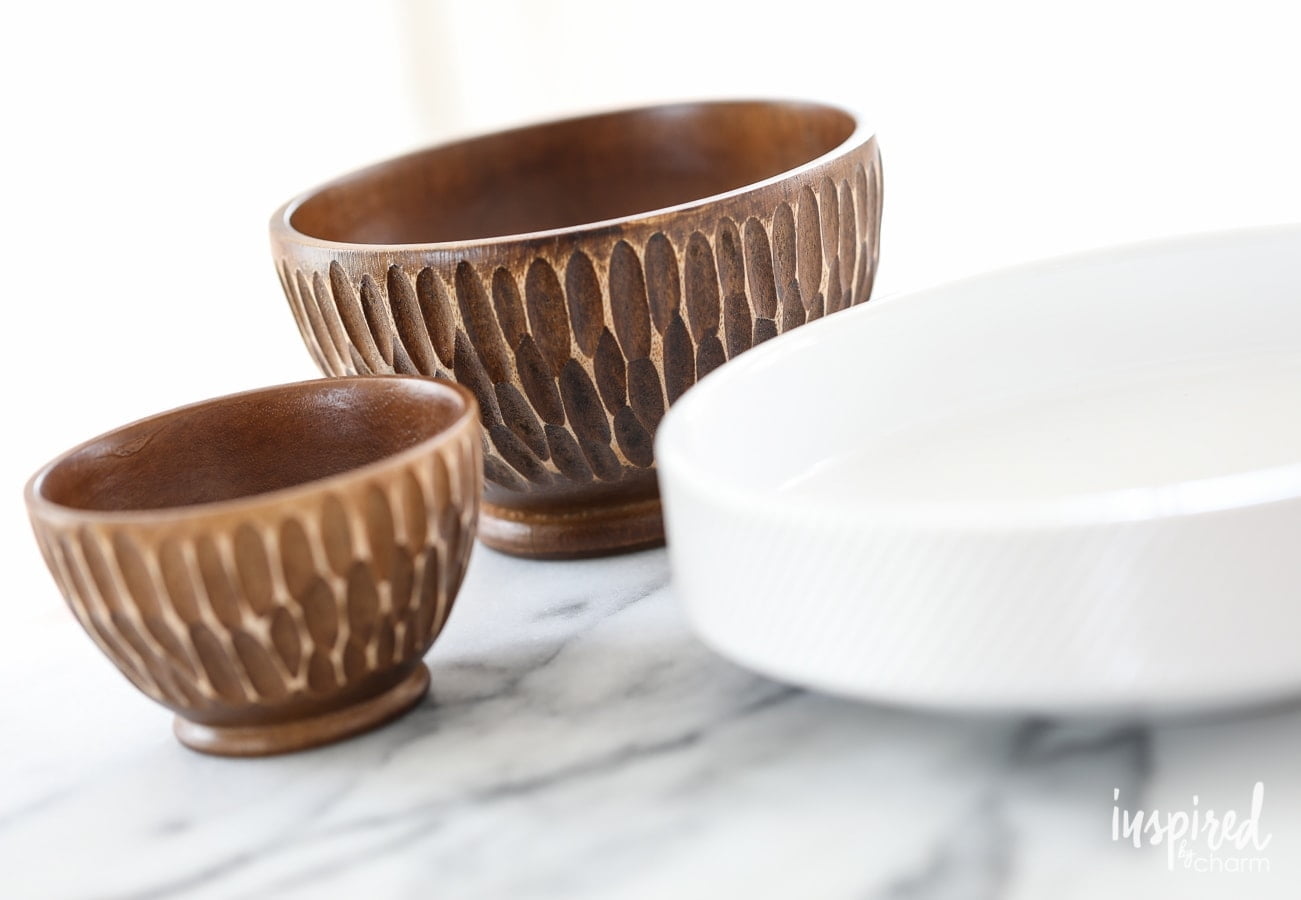Are you interested in learning the art of making candles and potpourri? Whether you’re a beginner or an experienced crafter, this article will guide you through the essential tools, materials, and step-by-step processes to create your own handcrafted candles and homemade potpourri. Making candles and potpourri is not only a creative and rewarding hobby but also a wonderful way to add a personal touch to your home decor.
The history and cultural significance of candles and potpourri date back centuries, with these items being used for various purposes such as religious ceremonies, aromatherapy, and home fragrance. Understanding the origins of these crafts can provide valuable insight into the traditional methods that have been passed down through generations. From ancient civilizations to modern-day practices, the art of making candles and potpourri continues to evolve, incorporating new techniques and designs.
In this article, we’ll explore the essential tools and materials needed for candle making and potpourri creation, as well as safety precautions and best practices to ensure a successful crafting experience. Additionally, we’ll delve into creative tips for scent combinations and design techniques to elevate your handmade candles and potpourri. Get ready to embark on a journey of creativity and self-expression as we delve into the world of making candles and potpourri.
The History and Cultural Significance of Candles and Potpourri
Candles and potpourri have a long history of cultural significance and have been used for various purposes across different societies. The art of making candles can be traced back to ancient Egypt and Rome, where they were primarily used for light during nighttime.
In these early civilizations, candles were also used in religious ceremonies and as a symbol of enlightenment. Similarly, potpourri has been utilized for its aromatic properties for centuries, with origins dating back to the ancient Persians who used dried flowers and herbs to freshen the air in their homes.
Cultural Significance
In many cultures, candles hold significant symbolism. For example, in some Asian cultures, candles are lit to honor ancestors or deities during religious ceremonies and festivals. In Western traditions, candles are commonly used in religious rituals and are also associated with celebrations such as birthdays, weddings, and holidays. Potpourri has also played a role in cultural traditions around the world, often being used as an offering to evoke positive energy or as a way to create a welcoming environment.
History
The history of both candles and potpourri is closely intertwined with the development of aromatic and decorative arts. In medieval Europe, potpourri became popular among the aristocracy as a means of adding fragrance to living spaces.
Candles were also highly valued during this time period, although they were primarily made from tallow or beeswax rather than the paraffin wax commonly used today. As technological advancements allowed for more efficient production methods and new materials to be utilized, the art of candle making evolved into a widespread industry.
Despite their historical roots, both candles and potpourri continue to play important roles in modern society. The cultural significance of these items is reflected in their continued use not only for practical purposes but also for their aesthetic and aromatic qualities, making them an integral part of home decor and ambiance-setting practices around the world.
Essential Tools and Materials for Making Candles and Potpourri
To create beautiful candles and potpourri at home, you will need a few essential tools and materials. For making candles, some of the basic tools include a double boiler or melting pot, thermometer, stirring utensil, heat-resistant container, wick holder, and molds. The materials needed for candle making include wax (such as soy wax or beeswax), fragrance oils or essential oils, candle dye or color blocks, and wicks.
In addition to the tools and materials for making candles, creating homemade potpourri also requires specific items. Some essential tools for making potpourri include a mixing bowl, measuring spoons and cups, resealable bags or containers for storage, and decorative sachets or bowls for displaying the finished product. As for materials, dried flowers (such as rose petals or lavender), herbs (like cinnamon sticks or cloves), fixative (such as orris root powder), and essential oils are commonly used to make potpourri.
It is important to choose high-quality tools and materials when making candles and potpourri to ensure the best results. Investing in good equipment will not only make the process easier but also contribute to the overall quality of your handmade creations. With the right tools and materials at your disposal, you can begin your journey into the world of candle making and potpourri creation with confidence and creativity.
Step-by-Step Guide to Making Handcrafted Candles
Making handcrafted candles is a rewarding and enjoyable hobby that allows you to create unique and personalized home decor and gifts. Whether you are a beginner or an experienced crafter, the process of making candles can be both relaxing and fulfilling. With the right materials, tools, and techniques, anyone can learn how to make beautiful candles at home.
To get started, you will need a few essential tools and materials. The key supplies include wax (such as soy wax or beeswax), wicks, fragrance oils or essential oils, a double boiler or melting pot, a thermometer, molds or containers for the candles, and a heat source for melting the wax (such as a stove or microwave).
Additionally, you may want to gather some optional supplies like colorants, decorative elements (such as dried flowers or herbs), and specialized equipment for more intricate candle designs.
Once you have all your materials assembled, you can begin the candle-making process. First, melt the wax in your double boiler or melting pot over low heat, stirring occasionally until it reaches the desired temperature. Then, add your chosen fragrance oils or essential oils to the melted wax and carefully pour it into the molds or containers.
Next, insert the wicks into the center of each candle and allow them to cool and harden. Finally, trim the wicks to the desired length and decorate your finished candles as desired. With practice and experimentation with different scents and designs, you can develop your own signature style for making candles at home that reflects your personal taste and creativity.
Step-by-Step Guide to Creating Homemade Potpourri
Creating homemade potpourri is a wonderful way to add a natural and inviting scent to your home. Not only does it allow you to customize the fragrance to your liking, but it also serves as a beautiful decoration. Here are some simple steps to help you get started on making your own potpourri:
- Step 1: Gather the materials
- Step 2: Drying the flowers and herbs
- Step 3: Mixing the ingredients
- Step 4: Adding essential oils
- Step 5: Storing the potpourri
First, gather different types of dried flowers, herbs, spices, and citrus peels that will contribute to the overall scent and look of your potpourri. Next, carefully dry these ingredients using either air drying or an oven method. Once everything is dried and ready, mix them together in a large bowl with your chosen essential oils.
After blending all the elements together, transfer the mixture into a decorative glass jar or bowl for storing. Place the potpourri in different areas of your home such as the living room, bathroom, or bedroom to enjoy its lovely fragrance. By following these simple steps, you can create a unique and delightful potpourri that will add charm and freshness to any room in your home.
Safety Precautions and Best Practices for Candle Making
When making candles, safety should always be the number one priority. Working with hot wax and open flames can pose serious risks if proper precautions are not taken. To ensure a safe candle-making experience, it is important to follow some best practices.
First and foremost, it is crucial to work in a well-ventilated area. The fumes from melting wax can be harmful if inhaled in large quantities, so it’s important to have good airflow in the workspace. Additionally, it is important to keep a fire extinguisher nearby in case of emergencies.
Another essential safety practice is to never leave melting wax unattended. Whether using a double boiler or a microwave to melt the wax, it is crucial to stay present and watch over the process at all times. This will help prevent any accidental fires or spills that could lead to injuries.
It’s also important to use the right kind of equipment, such as heat-resistant containers and tools specifically designed for candle making. This will help prevent accidents and ensure a smooth and safe candle-making process.
Finally, when working with scents and dyes for your candles, make sure they are suitable for candle making and follow the recommended guidelines for usage amounts. Always read instructions carefully before using any new materials in your candle-making process.
| Best Practices | Safety Precautions |
|---|---|
| Work in a well-ventilated area | Avoid inhaling fumes |
| Never leave melting wax unattended | Prevent accidental fires or spills |
| Use heat-resistant containers and tools | Prevent accidents during candle making process |
| Follow usage guidelines for scents and dyes | Avoid potential hazards from incorrect usage |
Creative Tips for Scent Combinations and Design Techniques
Creating homemade candles and potpourri allows for a great deal of creativity when it comes to choosing scent combinations and design techniques. Whether you prefer floral, fruity, or earthy fragrances, there are endless possibilities for crafting unique scents that suit your personal preferences.
Experimenting With Scent Combinations
One of the most enjoyable aspects of making candles and potpourri is the opportunity to experiment with different scent combinations. For candles, consider blending essential oils such as lavender and bergamot for a soothing aroma, or mix citrus and vanilla for a refreshing scent. When making potpourri, dried flowers like rose petals or herbs like mint can be combined to create delightful fragrances.
Design Techniques for Visual Appeal
In addition to choosing the perfect scents, design techniques play an important role in creating visually appealing candles and potpourri. For candle making, experimenting with layers of colored wax or adding dried flowers and herbs to the top layer can add a decorative touch. When creating potpourri, incorporating a variety of textures and colors such as dried fruit slices or colorful botanicals can make for an eye-catching display.
Personalizing Your Creations
Personalization is key when making candles and potpourri. Consider using unique containers or molds for your candles, such as vintage teacups or mason jars. When creating potpourri, adding personal touches like ribbons or decorative labels can elevate the overall presentation of your homemade creations.
By experimenting with different scent combinations and design techniques, you can truly make your homemade candles and potpourri one-of-a-kind. The joy of crafting these items lies in the ability to tailor them to your own tastes and preferences while enjoying the therapeutic process of creating something beautiful from scratch.
Benefits of Using Handmade Candles and Potpourri in Your Home
Using handmade candles and potpourri in your home offers a wide range of benefits that go beyond just the aesthetic appeal. Handcrafted candles and potpourri allow for a personalized touch to your living space, creating a cozy and inviting atmosphere. Additionally, these homemade creations provide unique scents and designs that cannot be found in mass-produced commercial products.
One of the main benefits of using handmade candles and potpourri is the ability to customize the scents to suit your preferences. Whether you prefer floral, fruity, woody, or spicy fragrances, making your own candles and potpourri allows you to experiment with different essential oils and dried botanicals to create the perfect blend for your home. This customization ensures that the scents are tailored specifically to your liking, enhancing the ambiance of your living spaces.
Furthermore, using handmade candles and potpourri can contribute to a healthier environment within your home. Many commercial candles and air fresheners contain synthetic fragrances and chemicals that may emit harmful toxins when burned or diffused.
By making your own candles and potpourri using natural ingredients, such as soy wax and organic dried flowers, you can minimize the exposure to these potentially harmful substances while still enjoying beautiful scents throughout your home. Making candles and potpourri at home also allows you to control the quality of the ingredients used, ensuring a safer and more natural alternative for aromatherapy in your living space.
Conclusion
In conclusion, the art of making candles and potpourri is not only a delightful and fulfilling hobby but also a wonderful way to bring unique, personalized scents and decor into your home. The satisfaction of creating handcrafted candles and potpourri with your own hands is unmatched, adding a special touch to any room.
Not only do these homemade creations provide a pleasant aroma, but they also offer the opportunity for creativity and personalization as you experiment with different scents, colors, and designs.
Furthermore, the historical and cultural significance of candles and potpourri adds an additional layer of meaning to these handmade creations. From ancient rituals to modern day relaxation techniques, the use of scented candles and potpourri has been ingrained in human culture for centuries. By practicing the art of making these items yourself, you not only connect with tradition but also bring a sense of mindfulness into your daily life.
Finally, using handmade candles and potpourri in your home provides numerous benefits beyond just their aesthetic appeal. You can take comfort in knowing exactly what ingredients are used in your products, ensuring a natural and chemical-free experience.
Additionally, creating a calming atmosphere through the use of aromatherapy can have positive effects on your mood and overall well-being. So whether you’re looking for a new hobby or simply seeking to add warmth and tranquility to your living space, making candles and potpourri is certainly worth exploring.

Welcome to my candle making blog! In this blog, I will be sharing my tips and tricks for making candles. I will also be sharing some of my favorite recipes.





